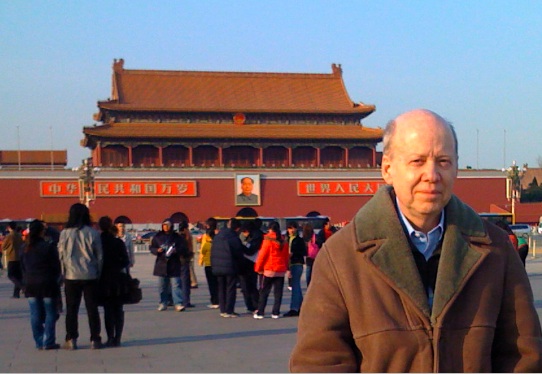
| Loyola Marymount University (LMU) visits China and Russia 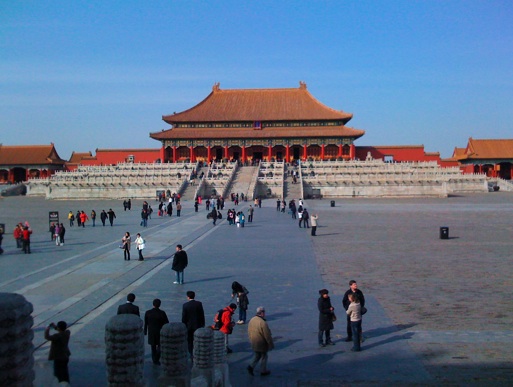
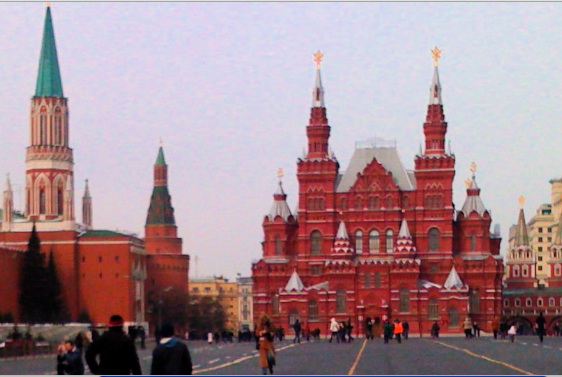 Pictures: (above) Beijing, China and Moscow, Russia According to Mark Twain, “Travel is fatal to prejudice, bigotry, and narrow-mindedness,” and he urged his countrymen and women to do more of it. The recent visit of Loyola Marymount University (LMU) to China and Russia was proof of this prescription and the visit helped to dispel many of the misconceptions and stereotypes many of us have with respect to China and Russia. As I have often said, Americans understanding of important countries to our future like China, India, Russia and SE Asia is not what it should be. Each year our company helps work with Universities in the U.S. and Europe to bring groups to Asia and it is remarkable how the visitors view of the countries visited changes and gains increased nuisance and understanding over the course of two weeks of travel and interaction with local business leaders, government officials, local guides, people on the street, vendors, etc. This growth in insight and understanding is one reason why I continue to love these trips despite the rigors of travels that often has me living on a couple hours sleep for weeks at a time. 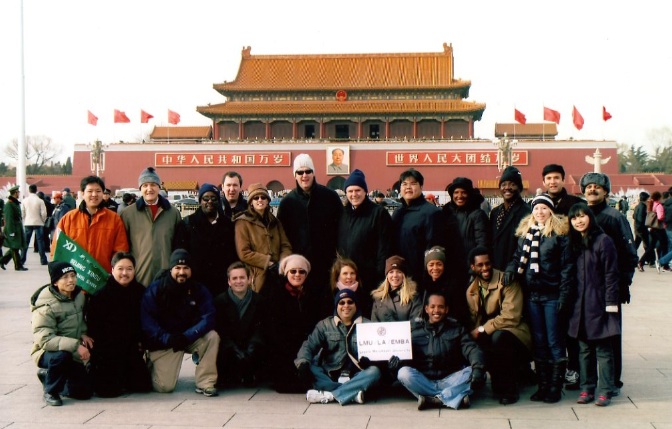 Picture: (above) The group at the Tianmen Square, Beijing, China China and Russia are
one-half of the so-called BRIC countries (Brazil, Russia, India and
China) that are noted for their developing economies and rising
prospects for the future. Our trip started in Beijing in early
March 2009 with a group of nearly 30 Executive MBA students and spouses
from Loyola Marymount University (LMU) in Los Angeles which was led
by LMU EMBA Program Director Bill Lindsey and included Professors
Richard Stafford and Anatoly Zupelov with a visit to the Beijing Center
for Chinese Studies in Beijing. Study Center Director Father Ron
Anton, S.J. who has more China experience than most other so-called
China
experts welcomed the executives and gave them a guided tour of the
Center which is simply one of the most impressive educational resources
on China anywhere.
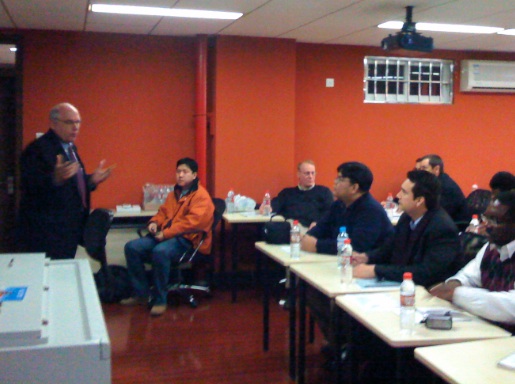 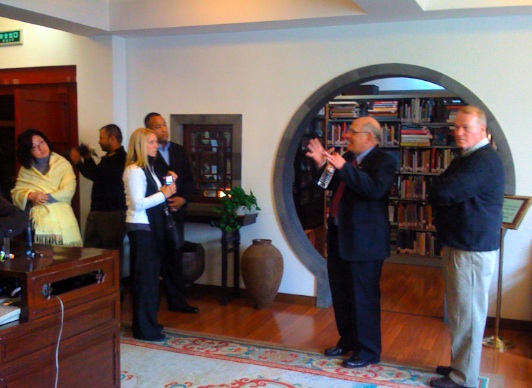 Pictures: (Above) The Beijing Center for Chinese Studies's Director, Father Ron Anton, S.J. with the group. (Below) Dr. Wiest, one of the speakers. (Below right) Later, we visit The Bird Nest, National Olympics Stadium. 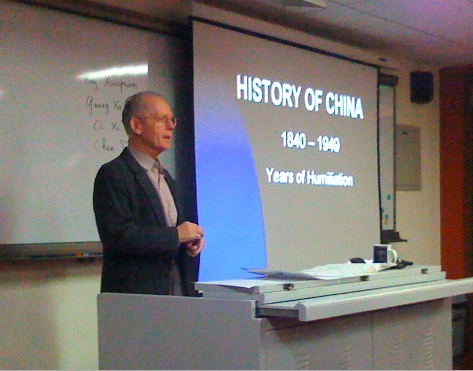 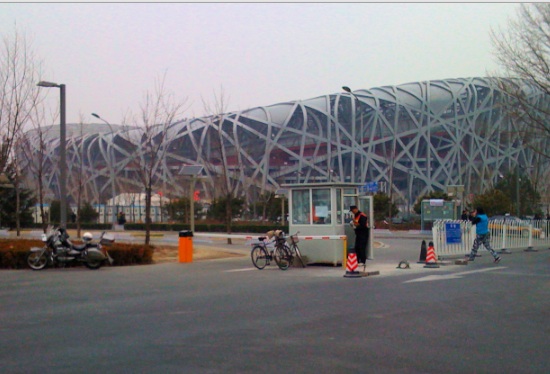 |
Father Anton was followed by
presentations on the effect of history on China’s outlook by Dr. Wiest;
followed by an excellent presentation by Dean Russell Moses on “China’s
Economic Opening and Reform”; by a lunch with MBA students from the
University of International Business and Economics(UIBE) and by
presentations on China’s economy by Professor Feng Naixing and on China
and the World Economy by Frank Hawke. Later the group visited the
2008 Olympics Game Village and the National Stadium, which is also
called the “Birds Nest” that has become a symbol of China’s pride and
emergence as a world leader.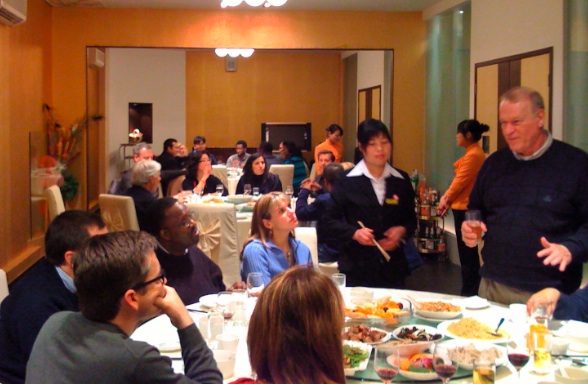 Pictures: (Above) Professor Richard Stafford is working with students during a dinner in China. (Below right) LMU EMBA Program Director Bill Lindsey is seen with the group at dinner. (Below left) The students and a waitress in imperial dress. 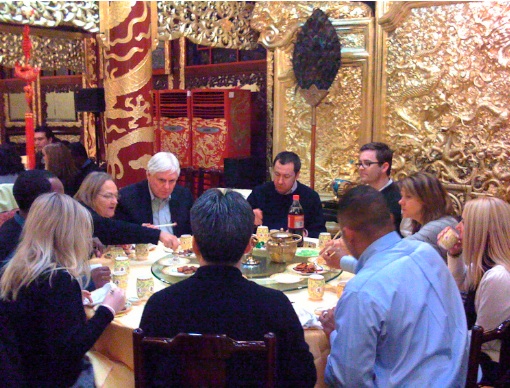 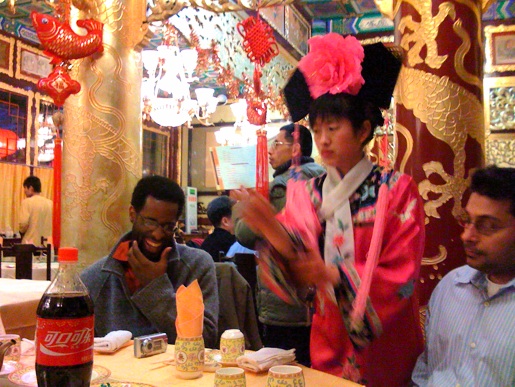 The following day we got a chance to
explore further how China works with business and also to see close-up
how China is building its national infrastructure. Many U.S. and
European visitors arrive in China believing that China’s infrastructure
is weak and out-of-date. They leave if they are observant and
keep Mark Twain’s comment on the benefits of travel in mind knowing
that oftentimes China’s current infrastructure in the Eastern Coastal
area and near to major cities is often more up-to-date than that in the
west and is still improving as China invests huge sums as part of its
current economic stimulus package. An example in point is the
high speed train that runs from Beijing to Tianjin and that has reduced
travel time from center city Beijing to center city Tianjin (the major
port in the North and a major business, education and technology hub)
to only 30 minutes. Quite frankly this train and the logistics
that goes behind this was way in advance of anything in the U.S. and
fully the equal of the high speed trains of Europe. Trains leave
on a 15-minute interval and reach speeds of nearly 200 miles for hour
or nearly 350 kilometers per hour. The ride is very stable,
quiet and impressive as one streaks across the plains of North
China.
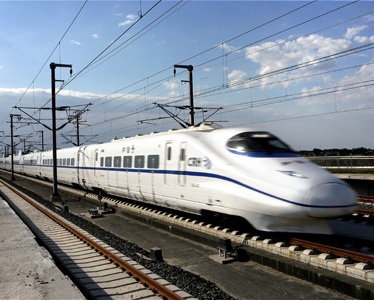 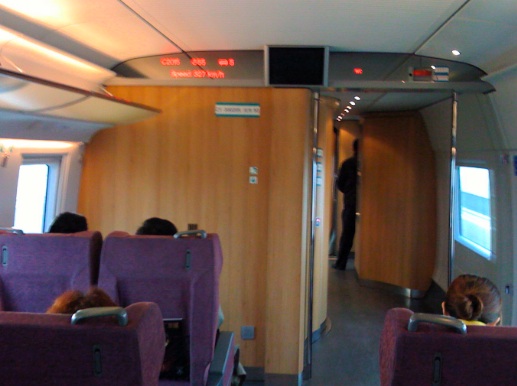 Pictures: (Above) The group travels on the high speed train that runs from Beijing to Tianjin to visit factories in Tianjin. (Below-left) Dr. Stafford presents a memento to TEDA. (Below - right) A Visit to the Coca Cola factory in Tianjin. 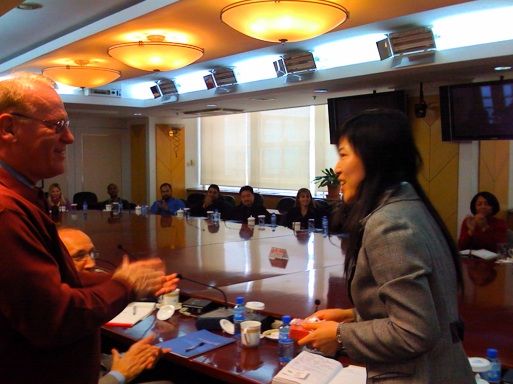 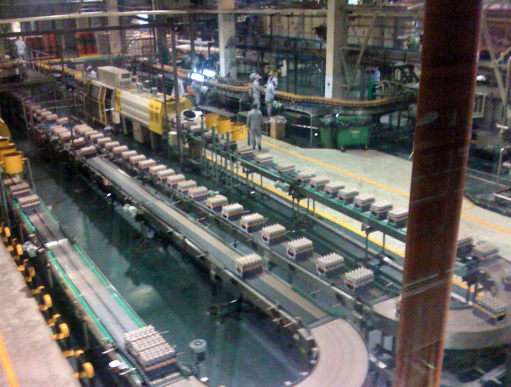 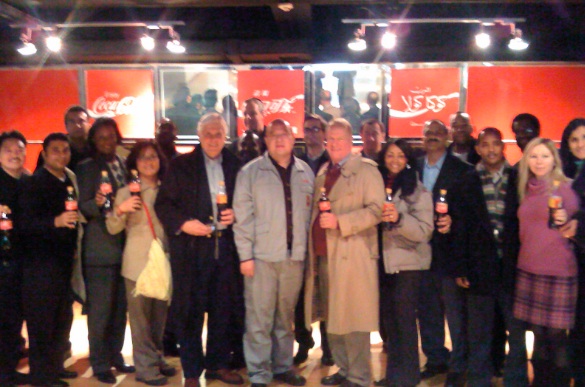 (Above) Group picture at the Coke factory with the factory GM. The next day we departed Beijing from the new International air terminal 3 in Beijing. This new, large and modern complex was added for the Olympics but is now serving arriving and departing international passengers and is a major upgrade for Beijing. The flight from Beijing to Moscow is eight hours. In Moscow we were met by our tour partner and transported to a downtown hotel. Although it was barely past seven by the time we arrived, most of the travelers were tired and made an early night of it. |
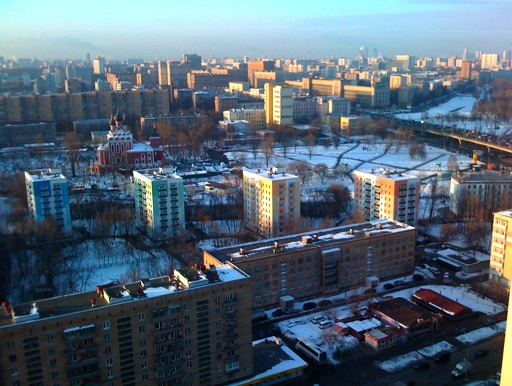 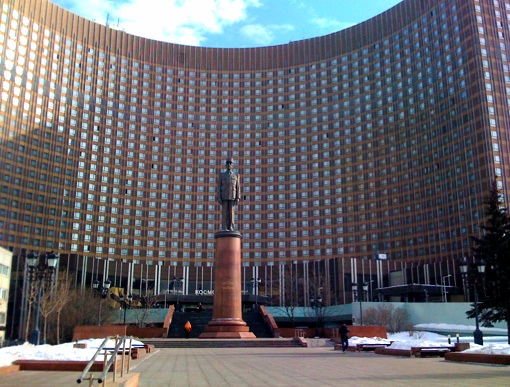 Pictures: (Above left) We arrive Moscow, Russia. (Above right) our hotel. (Below) Dr. Volk from the Heritage Foundation. Dr. Stein (Below right) and Dr. Anatoly Zupelov, LMU. 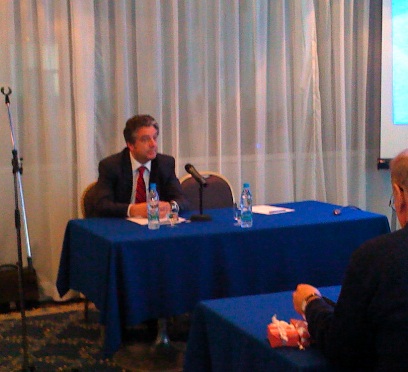 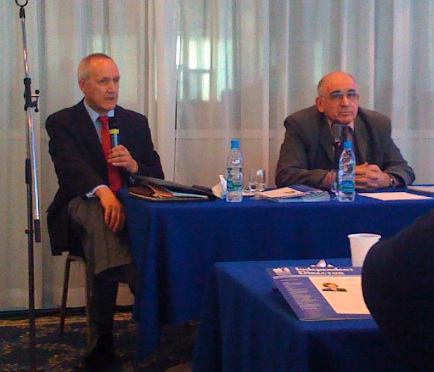 The next day we had a full-day of business meetings and briefings led off by Dr. Yevgeny Volk from the Heritage Foundation in Moscow, Mikhail Kuznetsov a practicing business consultant active in executive education, business governance and training, Dr. Vladimir Stein a business writer and educator who spoke on the banking and certain other industries and then by the U.S. Embassy who addressed both Russia’s economy and the challenges and rewards of business in Russia. Already at this point, many of the early ideas we had when we arrived in Russia seemed out-of-date. Because our speakers all had somewhat different views and interests, we were finding that Russia was much more welcoming to business although challenges were real and due diligence and approaching opportunities only after research and due diligence was obviously a requirement. Further, it was apparent that getting funding in Russia was more difficult than elsewhere and that partnerhips and contacts were keys to success just like they are in other BRIC countries. 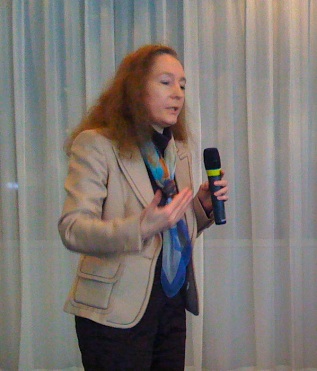 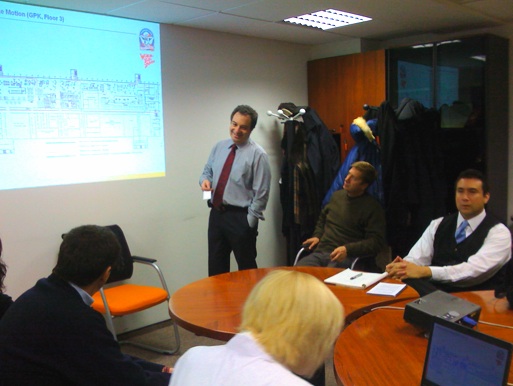 Pictures: (Above-left) The Chief of the Microeconomic Policy Unit at the U.S. Embassy speaks to the group. (Above-right) A representative of Lianozovsky Dairy (Wimm Bill Dann) in Moscow speaks to the group. (Below left) Relaxing with the Russian dance, (Below right) and learning about retailing in Moscow. 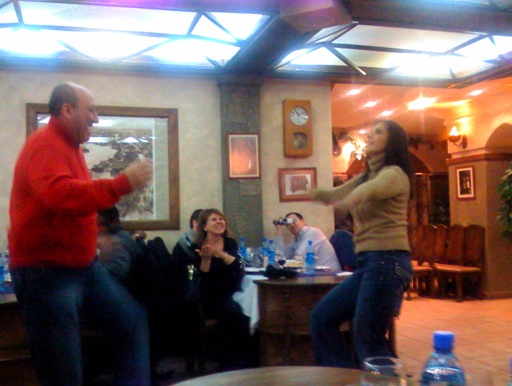 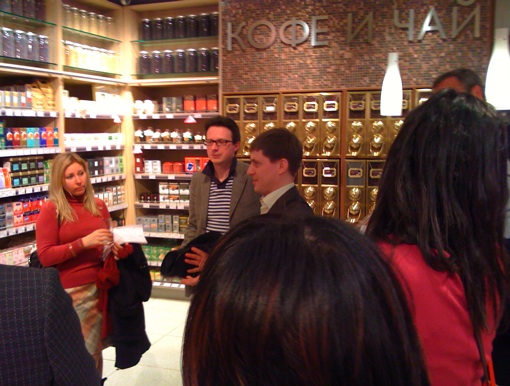 That night as we proceeded to dinner we experienced one of the less publicized and also less appreciated sides of modern Moscow. This is the traffic, which can be horrendous - fully as bad as traffic in Jakarta or Lagos. Our transfer across the city, which should have taken less than an hour, took over two hours and by the time we arrived at the restaurant most were ready for a drink to unwind and a break to hope that the manic traffic dissipated. The next day we toured one of the largest dairy plants in the world – Lianosovsky (Wimm Bill Dann) dairy where we received a very informative briefing on the Russian consumer sector and in particular on dairy, juice, baby food and other products. In the afternoon we visited Azbuka Vkusa which was established in 1997 and is one of the largest retail chains in Russia. The next day we spent the morning viewing the Kremlin on a cold and bitter March morning in which the cold biting wind brought tears to our eyes. Later in the day, we traveled by air to St. Petersburg, Russia’s second largest city and in many ways a city that has more of the feel of Europe than of Russia. We arrived on International Woman’s Day which had the beneficial result of lessening traffic and over the next two days because of the lesser traffic we were able to see much of the city and the surrounding area including Palace Square, The Hermitage, Saint Issac’s, Saint Nicholas, the Admiralty, Catherine’s Palace and the Peter and Paul Fortress including the Peter and Paul Cathedral there that is the resting place of most of the Czars. We also were able to see sites like Peter the Great’s House, the Alexander Column, Alexandrine Theatre and the Yusupov Palace. |
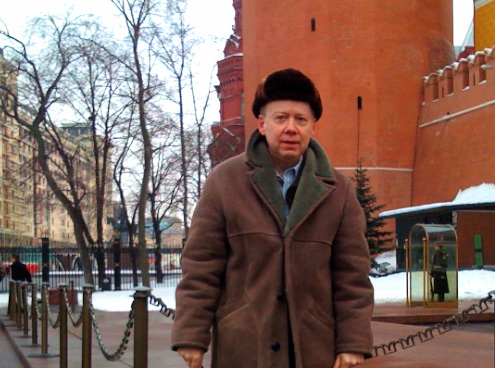 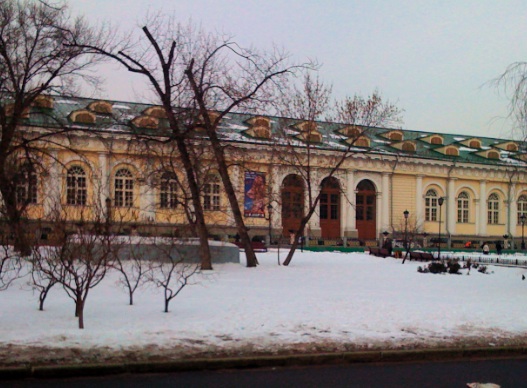 Pictures: (Above left) Chris Runckel, President of Runckel & Associates, who arranged for the study trip to China and Russia for the group, takes the students and professors to St. Petersburg, Russia, next. (Above right and below) the group at St. Petersburg. 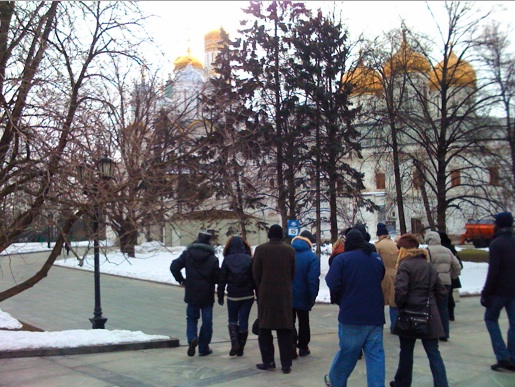 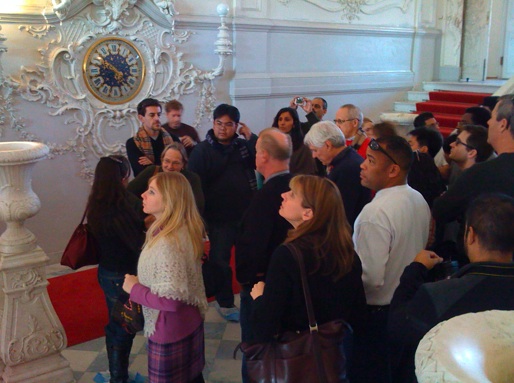 On the final day we hear from Professor Pavel Shilo about building a consumer sales business in Russia learning of the challenges and complexities that the Moscow and St. Petersburg markets offer to both local and foreign retailers. That evening we returned to Moscow and the next day we continued our visits to Russian companies with a visit to MTS, the number one Russian cell phone company which is listed on the NYSE and to Russia’s largest quick service restaurant and casual dining company, Rosinter Restaurants, part of the Rostik Group, which has nearly 350 outlets throughout Russia, the former CIS, Eastern and Central Europe of both locally developed and international brands with famous brand names like TGI Friday, Benihana, Rostik-KFC, Costa Coffee, Il Patio, Planet Sushi and others. The restaurant network grew 45.3 percent with the opening of 105 new restaurants in 2008. Geographical coverage extened to 33 cities in 9 countries and total revenue increased by 28.0% in 2008. These were both very impressive companies and the managers we met were both impressive for their command of both Russia’s challenges and opportunities and for particulars on their business. Joshua B. Tulgan, Director, Investor Relations at MTS was eloquent in his presentation not only for his information on MTS but also for the benefits of a liberal arts education and the rewards it offered those who get one in terms of problem solving, work and other skills. 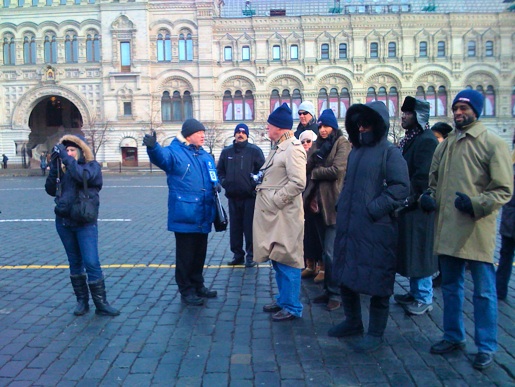 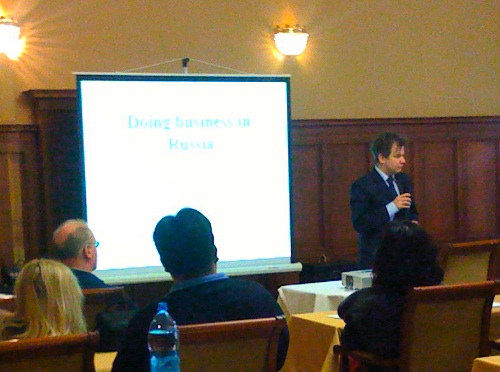 Pictures: (Above
left) Our Russian tour guide explained about the sites we visited.
(Above right) Speakers in St. Petersburg. (Below left)
Dance show entertainment at our dinner on our last night in St.
Petersburg.
(Below right) Dr. Anatoly Zupelov, Dr. Bill Lindsey and Dr. Richard Stafford who led the LMU Group 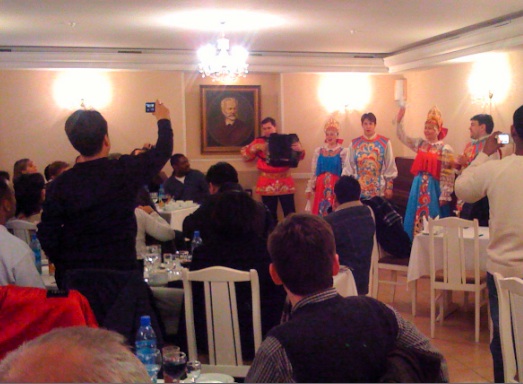 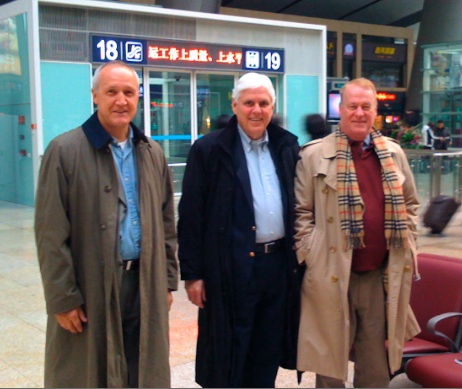 After a morning of self-study, that afternoon we flew back to Beijing where we enjoyed and compared some of the grandeur of China as portrayed by the Forbidden City, the Great Wall and Tiananmen Square to sites like the Kremlin, Red Square, the Hermitage, Catherine’s Palace that we had seen earlier in the week. |
About the Author: Christopher W. Runckel, a former senior US diplomat who served in many counties in Asia, is a graduate of the University of Oregon and Lewis and Clark Law School. He served as Deputy General Counsel of President Gerald Ford’s Presidential Clemency Board. Mr. Runckel is the principal and founder of Runckel & Associates, a Portland, Oregon based consulting company that assists businesses expand business opportunities in Asia. (www.business-in-asia.com) Until April of 1999, Mr. Runckel was Minister-Counselor of the US Embassy in Beijing, China. Mr. Runckel lived and worked in Thailand for over six years. He was the first permanently assigned U.S. diplomat to return to Vietnam after the Vietnam War. In 1997, he was awarded the U.S. Department of States highest award for service, the Distinguished Honor Award, for his contribution to improving U.S.-Vietnam relations. Mr. Runckel is one of only two non-Ambassadors to receive this award in the 200-year history of the U.S. diplomatic service. More of our useful articles: |
